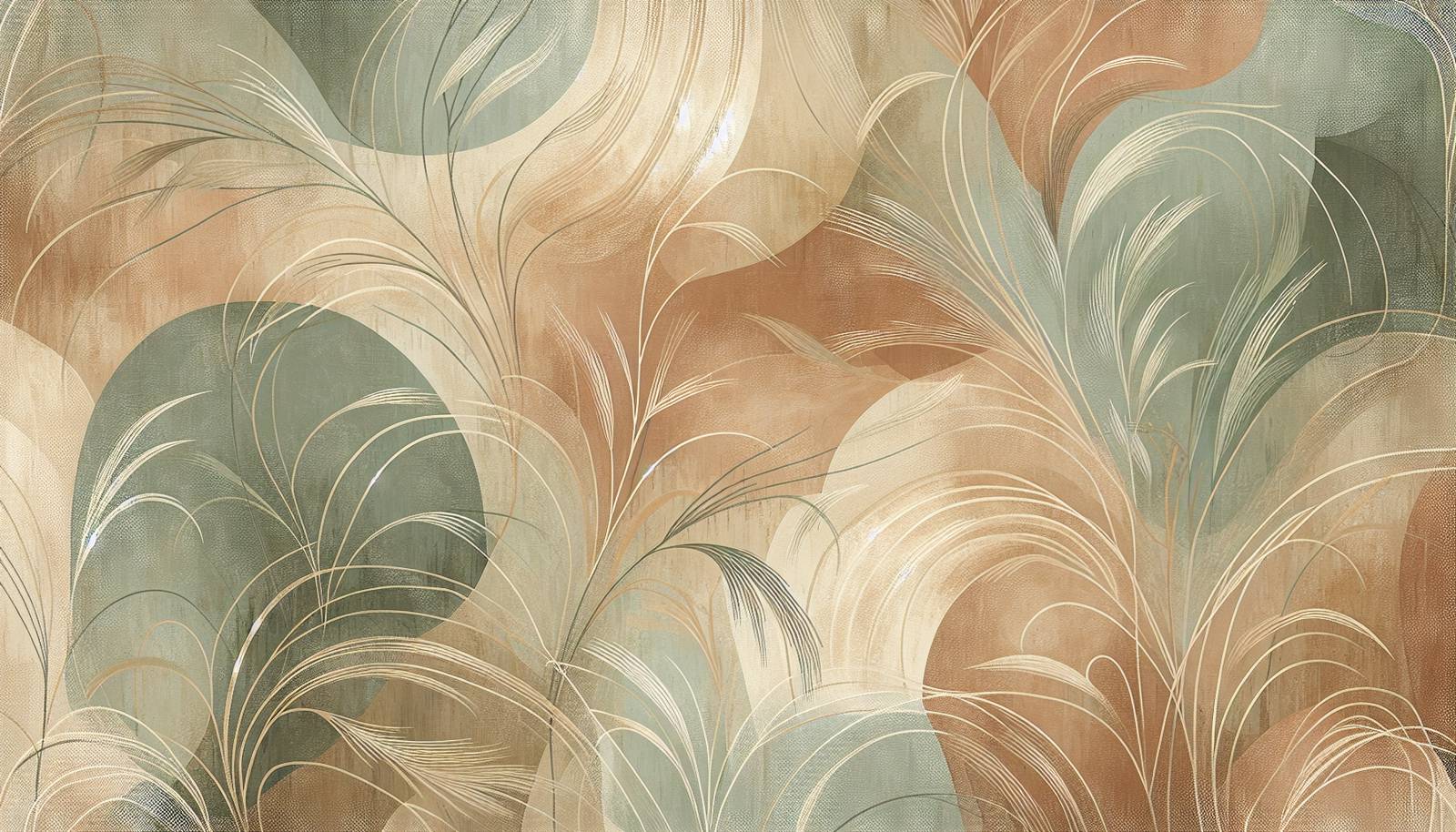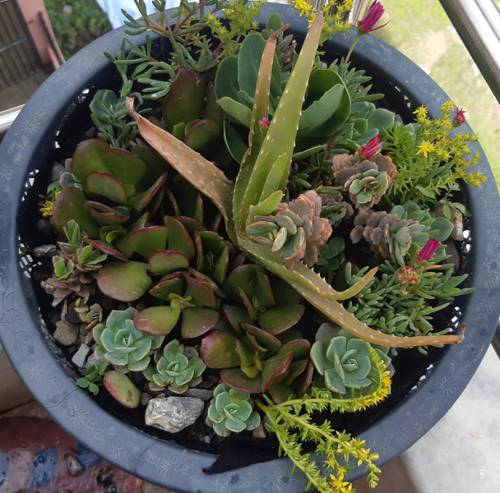
FAQ About Indoor Coir Planters and Their Benefits

What are indoor coir planters?
Indoor coir planters are containers made from coconut husk fibers, commonly used for growing plants. Coir, a natural and biodegradable material, provides excellent drainage and aeration for plant roots, making these planters an eco-friendly alternative to plastic pots.

How do coir planters benefit indoor plants?
Coir planters benefit indoor plants by offering superior drainage and aeration, which helps prevent root rot and allows roots to expand more efficiently. This promotes healthy plant growth and reduces the need for frequent watering.

Are coir planters environmentally friendly?
Yes, coir planters are environmentally friendly. They are made from the sustainable byproduct of coconut processing, making them biodegradable and compostable. This reduces plastic waste and contributes to a more sustainable gardening practice.

What types of indoor plants are best suited for coir planters?
Most indoor plants can thrive in coir planters, especially those that prefer well-drained soil. Succulents, ferns, herbs, and flowering plants often do well in coir due to its excellent moisture control properties.

How long do coir planters last?
The lifespan of coir planters varies depending on their exposure to elements and type of use. On average, they can last anywhere from two to three years indoors. Their durability is affected by watering frequency and plant type.

Can coir planters be used outdoors as well?
Yes, coir planters can be used outdoors. They are versatile and able to withstand various weather conditions. However, their lifespan may decrease due to exposure to sunlight and rain, which can accelerate degradation.

How should I water plants in a coir planter?
Watering plants in a coir planter should account for its excellent drainage properties. Water thoroughly until it runs out of the bottom, and allow the planter to dry out slightly between waterings to prevent overwatering.

What are the disadvantages of using coir planters?
One disadvantage is that coir planters can dry out faster than traditional plastic pots, requiring more frequent watering. They may also be less durable than plastic over the long term in certain conditions, especially outdoors.

Are coir planters more expensive than traditional pots?
Coir planters are often competitively priced compared to traditional pots. While they may have a slightly higher initial cost than some plastic options, their environmental benefits and plant health advantages can justify the investment.

How do I maintain coir planters for longevity?
To maintain coir planters for longevity, place them indoors or under a sheltered area to protect from excessive rain and sunlight. Ensure proper drainage to prevent cracking and avoid overwatering, which could shorten their lifespan.

Can I use fertilizers with coir planters?
Yes, fertilizers can be used with coir planters. Since coir itself has minimal nutrients, regular fertilization is beneficial for optimal plant growth. Use the type and frequency that suits the specific needs of your plant.

Do coir planters support plant root development?
Coir planters support healthy root development by providing well-structured aeration and drainage. This allows roots to grow robustly without being waterlogged, promoting stronger, healthier plants.

Can coir planters hold large plants?
Coir planters can hold a variety of plant sizes; however, their ability to support large plants depends on the pot size and coir thickness. It's important to select a planter that is appropriate for the plant's mature size.

How does coir compare to peat in planters?
Coir is a more sustainable and eco-friendly option compared to peat, which is non-renewable. Coir has similar water retention and aeration properties but decomposes slower, offering a longer-lasting alternative.

What impact do coir planters have on sustainability?
Coir planters enhance sustainability by utilizing coconut husk, a renewable resource, thus reducing reliance on plastics. Their biodegradable nature helps reduce the environmental impact of traditional gardening materials.

Can coir planters help reduce plastic use?
Yes, using coir planters can significantly reduce plastic use in gardening by replacing traditional plastic pots with biodegradable alternatives. This helps lessen plastic waste and the associated harmful environmental effects.

Are coir planters suitable for seedlings?
Coir planters are very suitable for seedlings due to their excellent drainage—which prevents damping-off—and root aeration. This creates an ideal environment for young plants to establish themselves.

Are there different types of coir planters available?
Various types of coir planters are available, including hanging baskets, pots of different sizes, and biodegradable seed starting pots. This variety allows gardeners to choose planters that best fit their specific needs.

How do I dispose of coir planters?
Coir planters can be added to compost piles where they will naturally decompose. Since they are biodegradable, disposing of them in an environmentally friendly manner is straightforward.

What is the origin of coir material in planters?
Coir material comes from the fibrous husk of coconuts. It is a byproduct of the coconut industry, predominantly produced in countries like India and Sri Lanka, known for their coconut cultivation.
